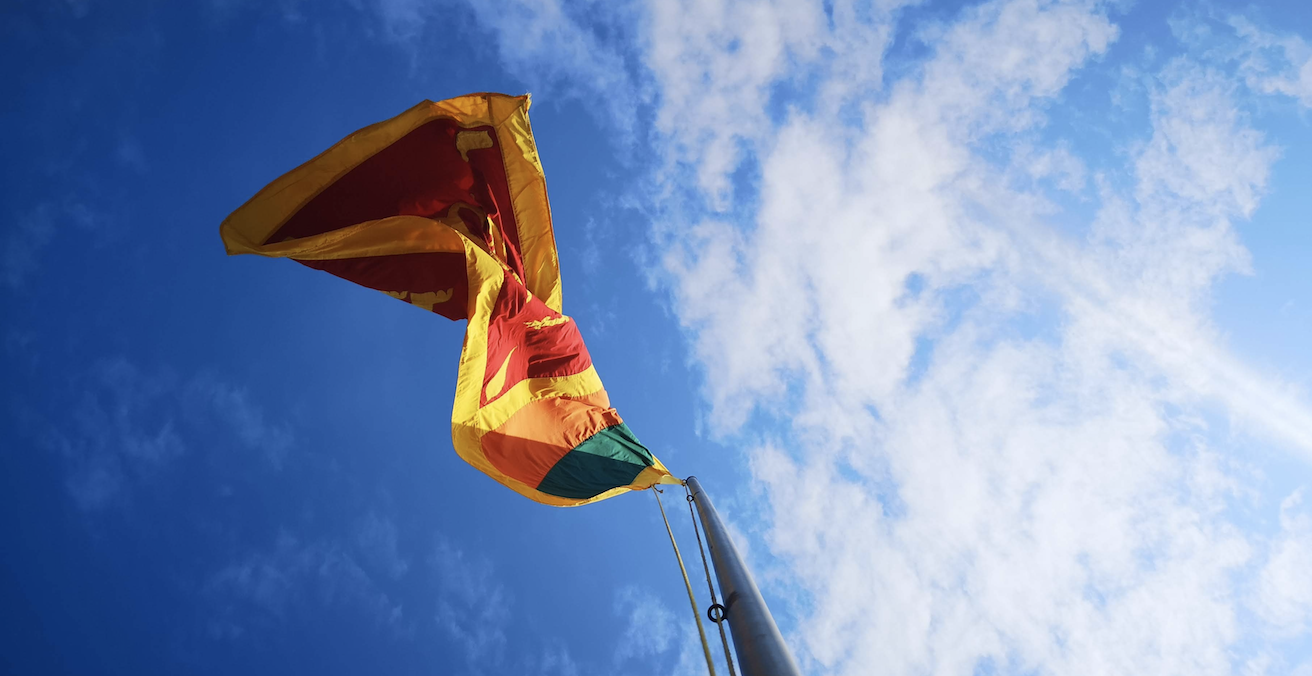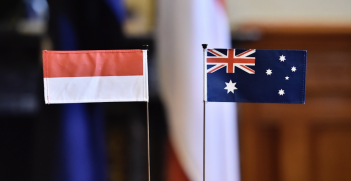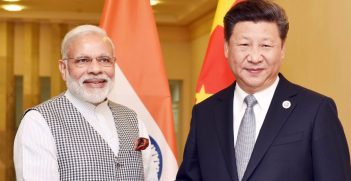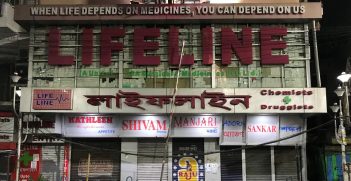Sri Lanka: Easter Bombings

The terror attacks in Sri Lanka that killed more than 350 people on 21 April have exposed the failings and dysfunction of the government in Colombo. The country’s leaders will need to act decisively to stop the attacks from fuelling inter-communal conflicts.
The bombings on Easter Sunday heralded a new dimension of violence in Sri Lanka, designed to send a message well beyond Sri Lanka’s shores. They were facilitated by incompetence and dysfunction. The government will need to find answers quickly and move with unaccustomed speed to prevent the violence from playing into inter-communal tensions.
A New Dimension of Violence
Meeting with Muslim leaders at the Meera Makkam Mosque in Kandy in July 2016, the AIIA study group to Sri Lanka was impressed by the evident moderation of Islam in Sri Lanka. The Mosque trustees told us that while there had been a few recent unfortunate incidents, inter-communal relations were generally positive.
There have since been a number of clashes between Sinhalese and Muslim groups, but nothing on a scale to suggest that a group of Islamist suicide bombers would attack Christian churches and tourist hotels, killing 359 (at the time of writing) and wounding 500, many seriously.
The bombers’ targets – Christians and tourists – clearly do not represent an escalation of violence between Sri Lankan Muslims and Buddhist Sinhalese. Far less is it a continuation of the violence between Sinhalese and Tamils. This episode does not carry the stamp of any of the traditional inter-communal tensions in Sri Lanka. It has been inspired by an international ideology and is part of a broader international dynamic. Islamic State (IS) has claimed responsibility for the bombings, and the suicide murderers were filmed pledging allegiance to the IS leader, Abu Bakr al-Baghdadi.
Questions
Even so, the bombers were all of Sri Lankan nationality – well-educated and from middle- or upper-class families, according to Sri Lanka’s junior defence minister. A number of difficult questions arise:
- what was their path to radicalisation?
- what was the extent of their network in Sri Lanka (already 60 people have been arrested), and how many members of that network are still on the loose?
- did any travel to Iraq or Syria and return as IS jihadis?
- was IS simply a source of ideology and inspiration, or did it play a more hands-on role in indoctrination, training, funding and supplying the bombers?
But the most difficult question of all for the Sri Lankan government is why the group was not tracked and disrupted well before the bombs went off. There was a clear trail of information that should have prompted action. Muslim leaders had alerted authorities three years ago to online hate speech by the group’s leader, and a government minister, Kabir Hashim, had informed President Maithripala Sirisena of the existence of an extremist group some months ago. More worryingly, a cache of weapons and 100 kilograms of explosives was uncovered in the Puttalam area in January of this year.
Failure
Most dramatically, the government’s intelligence authorities received specific information about the bombers and their targets weeks before the explosions. On 4 April, Indian intelligence provided Sri Lanka with information (names, phone numbers, addresses) of the terrorist group, along with advice that it was planning suicide attacks on Catholic churches.
The only action taken on this extraordinary piece of intelligence was to issue a notice to units responsible for VIP security, urging them to be especially vigilant of the officials and residences for which they were responsible. And that explains why some ministers, and indeed the opposition leader, noticed that their security staff had received information about a possible attack.
There was, however, no warning to churches or hotels, and, as far as we know, no other action.
President Sirisena’s admission that “I must be truthful and admit that there were lapses on the part of defence officials” hardly measures up to the scale of the failure. And the response from one of the officials most immediately responsible, Defence Secretary Hemasiri Fernando, betrays a blind spot as to the nature and extent of the attack: “It’s not the first time a bomb went off in this country. During the height of the war, when emergency regulations were in force and roadblocks installed every two kilometres, bombs went off. Why are you trying to isolate this unfortunate incident.” Just another bomb, then.
President Sirisena has commissioned an inquiry that is due to report on 6 May. In the meantime, he has stated he will re-structure the security services and replace the defence secretary and the inspector general of the police. The assistance provided by Sri Lanka’s international partners, including the FBI and the Australian Federal Police, should bring fresh eyes and objectivity to the investigation.
Consequences for Sri Lanka
While international intelligence agencies will gain perspectives on the organisational capacity and ideological potency of IS now that the geographic caliphate has been destroyed, Sri Lanka faces a host of very difficult issues.
First is the risk of inter-communal violence. The role of Muslim leaders in alerting government authorities to radicalisation, and their strong expressions of solidarity and sympathy for the Christian community, have helped moderate concern about the nature of Islam in Sri Lanka. The government’s move to shut down social media aims to limit the spread of hate propaganda and incitements to mob violence. Further, to be brutally frank, the principal target of the bombings, the Christian community, does not have the critical mass and traditions of violence that might lead it to seek mass revenge.
But already there have been rumblings of anger among other communities, Muslim-owned shops have been vandalised and hundreds of Muslims have fled religiously mixed areas.
Sri Lanka’s political leaders and other public figures will need to expound a strong narrative of national cohesion to ensure an anti-Muslim fissure in inter-communal relations does not become entrenched.
Second, the incompetence revealed by the lack of action on intelligence material points to a deep dysfunction in the government. The prime minister and other ministers have complained that they were totally unaware of the intelligence warnings and that they had not been invited to participate in meetings of the government’s National Security Council since the bust-up between the president and the prime minister last year.
The animus between the president and the prime minister continues. This hostility at the highest levels of government could well have led to paralysis in the intelligence and security apparatus, which are themselves overwhelmingly focused on the possibility of a resurgence of violence in the Tamil community.
And underlying this is a swirl of fact-free recrimination, suspicion and innuendo. Opposition leader Mahinda Rajapaksa has accused the government of preventing the police from taking action, and an opposition member of parliament has called for investigation of Muslim political figures for “instigating extremism.” Even the Archbishop of Colombo Cardinal Ranjith seems to see a dark design: “I have a huge suspicion on why the government didn’t act beforehand to prevent Easter Day attacks and why they allowed this to happen to us.”
The report commissioned by the president may help dispel some of these concerns but is unlikely to provide actionable recommendations to remedy the deep divisions within Sri Lanka’s body politic and at the heart of the government.
David Ritchie was a senior officer of the Department of Foreign Affairs and Trade who served as Australia’s high commissioner in Sri Lanka from 1996-1999. He led an AIIA VIC study tour to Sri Lanka in July 2016.
This article is published under a Creative Commons License and may be republished with attribution.





